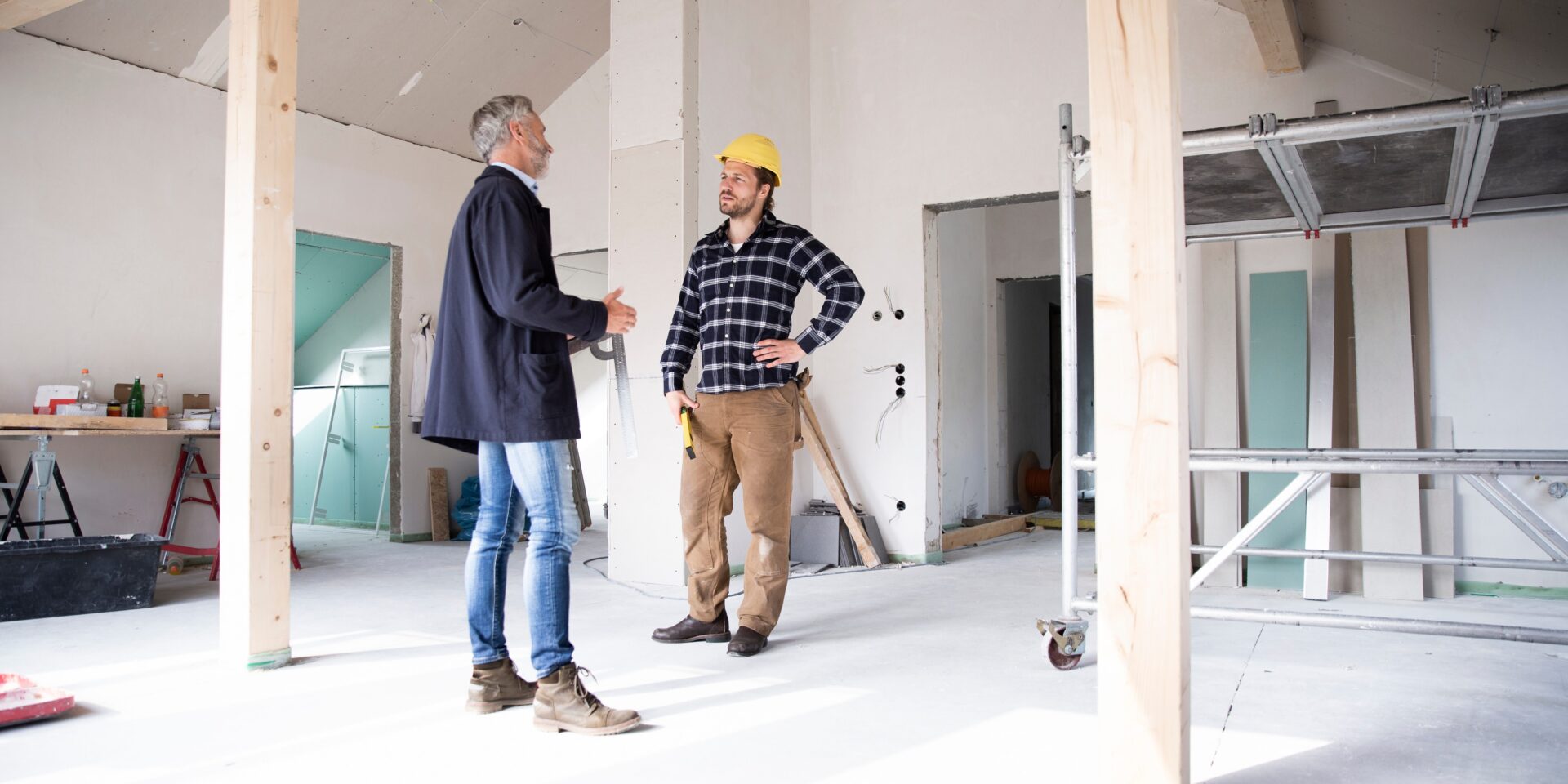Inflation Reduction Act’s Impact on 179D: Prevailing Wag...
179D – Energy Efficient Commercial Building Deduction The Internal Revenue Service Section ...

With growing populations and aging urban environments, there is an increased need for the development of new and improved infrastructure. Architecture, engineering and construction (AEC) companies are continually working to design, develop and rehabilitate the buildings, roads, bridges and infrastructure systems that service all aspects of our day to day lives. Such Infrastructure projects make AEC firms excellent candidates for the R&D Tax Credit. The emergence of new technologies and increased understanding of materials has created a push for innovation in the engineering world, driving companies to improve upon their design processes and develop more sustainable infrastructure. if your company falls under Architecture, engineering and construction, learn how you can benefit from the R&D Tax Credit.
The unique nature of each individual infrastructure project make AEC firms excellent candidates for the R&D Tax Credit. Eligible architects, engineers and construction businesses have the potential to recapture qualified costs in their day-to-day operations and R&D expenditures through the federal R&D Tax Credit. As these companies continue to design and innovate, the capitalization of tax incentives allows them to promote future innovation, growth, and re-invest in their business potential.
The R&D Tax Credit is a Federal tax incentive that is available to a wide range of companies in the architecture, engineering and construction industries. The R&D Tax Credit enables qualifying companies to reduce their income tax liability in the current tax year dollar-for-dollar, and potentially receive a refund for overpaid taxes on previously filed returns.
With no limit on the amount of R&D expenses that can be qualified in a given tax year nor the number of tax years for which it can be claimed subject to the statute of limitations period, the credit can be utilized as an effective means of tax planning for qualifying companies. Additionally, if the credit cannot be used immediately or completely, the benefit can be carried back one year and forward up to 20 years, offsetting future tax liability. Many states offer a similar R&D Credit which can be used in conjunction to offset state tax liability.
Qualified startups and early-stage business who have minimal-to-no federal income tax liability can take advantage of the Payroll Tax Credit, which allows them to offset payroll tax liability.
Companies can claim the R&D Tax Credit by qualifying their activities according to the four-part test. Qualifying activities can be found at each state of the design, engineering and construction lifecycle, but each activity must pass each element of the four-part test to qualify. The four-part test asks:
It is important to note that the success of the creation of or improvement upon a product or process is not necessary to qualify for the R&D Tax Credit. The new or improved product or process also does not need to be novel to the industry, so long as the results of the research and development are new to the business conducting them.
Frequently, qualifying R&D activities can be seen throughout numerous phases of the design lifecycle, including preliminary/schematic design, design development, and the development of construction documents until all uncertainties as to the final design of the business component have been resolved.
Qualifying costs are the expenses incurred in performing qualifying activities. Potentially qualifying R&D expenses include:
The technical nature of the R&D Tax Credit makes it essential for businesses to work with a firm that has extensive experience in the AEC realm. Leyton’s Engineering Team is comprised of qualified experts who work alongside our tax professionals to help substantiate your claim through a technical analysis of your qualified R&D activities and expenses.
Along with your claim, Leyton’s experts will provide a detailed Technical Report, outlining the methodology, activities and supporting documentation that qualify your business for the R&D Tax Credit.
Founded in 1997, Leyton is a global innovation funding consultancy dedicated to helping our clients improve their business performance. In the US, our specific expertise is in optimization of Federal and State Research & Development (R&D) Tax Credits. As a business, we want to help unleash our clients potential and be a strategic partner in their evolution and growth.
Explore our latest insights
See more arrow_forward
179D – Energy Efficient Commercial Building Deduction The Internal Revenue Service Section ...

The US R&D Tax Credit has emerged as a game-changer, offering substantial benefits to fuel th...

Overview In the wake of the AI boom, sparked by pioneers like Geoffrey Hinton, Yoshua Bengio, and...

Overview Energy Star Certification for homes was established in 1996. With changes to the 45L tax...